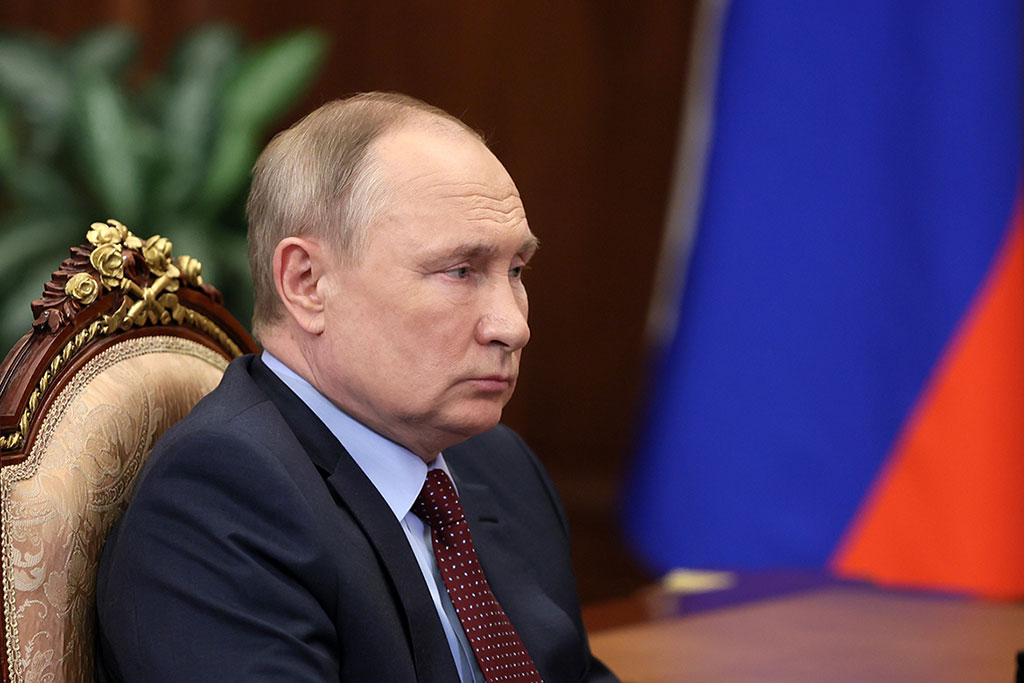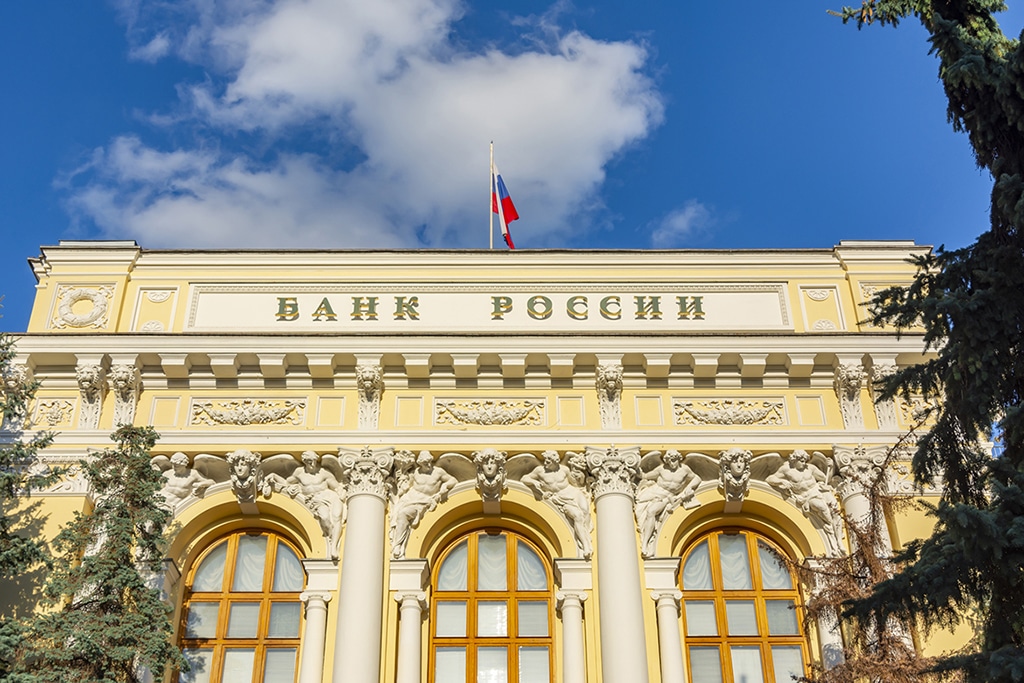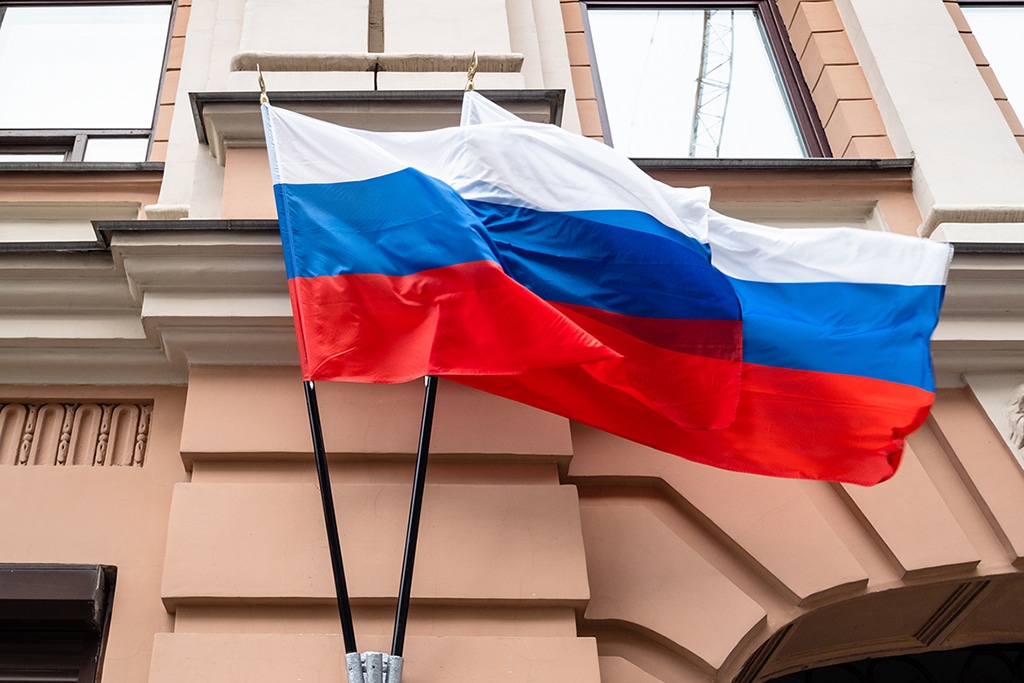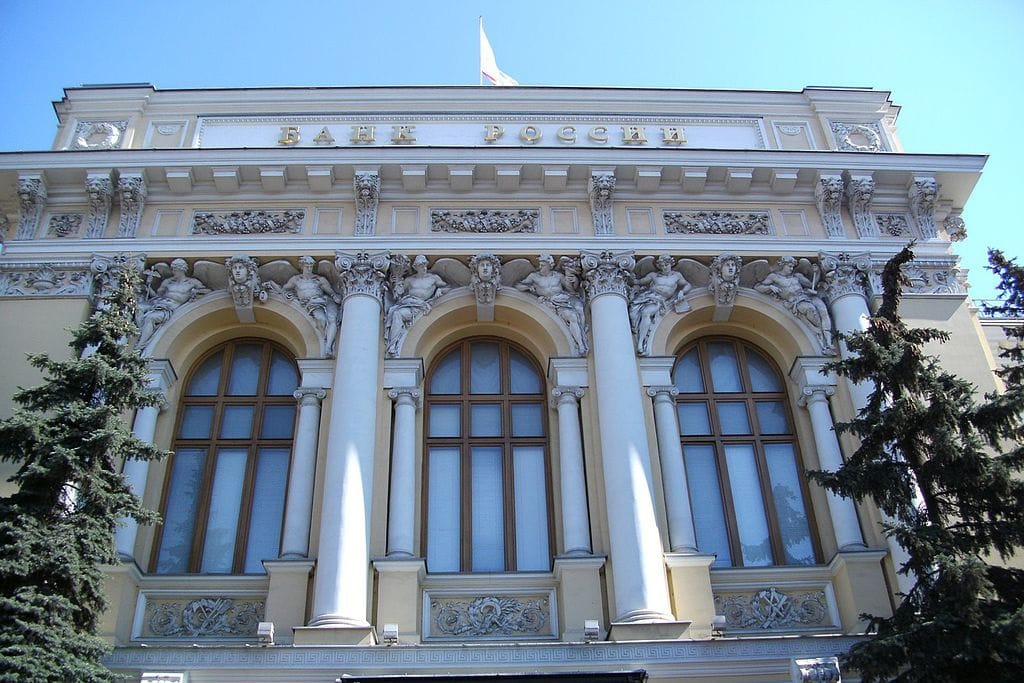
Darya is a crypto enthusiast who strongly believes in the future of blockchain. Being a hospitality professional, she is interested in finding the ways blockchain can change different industries and bring our life to a different level.
The Bank of Russia has promised there will be no obligatory transfer of salaries and pensions to digital rubles when they are finally in use. Similar to cash and non-cash rubles, the digital ruble will also have no expiry date.
 Edited by Julia Sakovich
Updated
3 mins read
Edited by Julia Sakovich
Updated
3 mins read

President of Russia Vladimir Putin has officially signed the digital ruble into law, with the amendment to the Russian Constitution set to come into force starting from August 1, 2023.
As per the document released by the authorities, selected articles of the Constitution of the Russian Federation about the regulation of non-cash funds will now include certain rules for the use of digital rubles. The Bank of Russia will be in charge of all the stored digital ruble assets as well as be the principal operator of the digital ruble infrastructure. In other words, the platform where users will be able to make transactions with the digital ruble will be run and overseen by the Bank of Russia. In addition, the institution’s Board of Directors will set tariffs on digital currency transactions.
The bill signed by Vladimir Putin enforces Russia’s progress in developing a central bank digital currency (CBDC) in Russia. In August, the pilot test of the digital ruble will start. Real clients of 13 Russian banks will be the first ones to gauge the use of a CBDC.
Notably, the Bank of Russia has promised there will be no obligatory transfer of salaries and pensions to digital rubles when they are finally in use. Similar to cash and non-cash rubles, the digital ruble will also have no expiry date.
Russian Central Bank Governor Elvira Nabiullina stated:
“The most important thing we are going to talk about is the voluntariness. It [the use of the digital ruble] will be a personal choice. Some people, for example, don’t use smartphones and are not going to use them. There will be other forms of currency available for them, to which they are accustomed, both cash and non-cash.”
By 2027, the Bank of Russia is planning to enable payments in digital rubles in shops, which means that mass adoption should be reached by that time. Besides, we have reported that Russia is planning to start using the digital ruble in mutual international deals with China by the end of next year.
Notably, for citizens, digital ruble transactions will be free, while businesses will be charged a 0.3% fee for taking payment in the CBDC.
Russia is one of those countries progressing in developing a CBDC. The Central Bank of Russia started working on a digital ruble back in 2020, and in April of this year, it was planned to start the currency’s testing. However, the testing phase was delayed as there documents allowing to implement digital ruble were not ready yet. The prototype platform for the digital ruble was finished in December 2021.
In July this year, the State Duma of Russia passed the Digital Ruble law that introduced the concepts of “digital ruble,” “digital ruble platform,” and “digital ruble platform participant.” The legislation enlists the basic rules by which the Bank of Russia, as the operator of the platform, will interact with its participants and users, and the requirements for them.
As Vladimir Putin has also signed the bill allowing the implementation of the digital ruble into real use, Russia is now one step closer to becoming a country with its own CBDC.
Among nations that have already implemented CBDCs are the Bahamas, Nigeria, as well as seven countries in the Eastern Caribbean Union – Antigua and Barbuda, Dominica, Grenada, Montserrat, St. Kitts and Nevis, Saint Lucia, and St. Vincent and the Grenadines.
Disclaimer: Coinspeaker is committed to providing unbiased and transparent reporting. This article aims to deliver accurate and timely information but should not be taken as financial or investment advice. Since market conditions can change rapidly, we encourage you to verify information on your own and consult with a professional before making any decisions based on this content.

Darya is a crypto enthusiast who strongly believes in the future of blockchain. Being a hospitality professional, she is interested in finding the ways blockchain can change different industries and bring our life to a different level.





